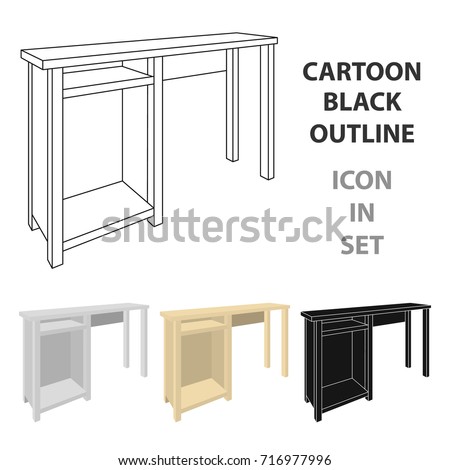Discover The Exciting Experience Of Reconditioning Vintage Closets, Revealing Unknown Stories And Revealing The Mysteries Of Background
Discover The Exciting Experience Of Reconditioning Vintage Closets, Revealing Unknown Stories And Revealing The Mysteries Of Background
Blog Article
Article Writer-Stanley Stefansen
To begin the journey of restoring antique cabinets, you require a keen eye for detail. Imagine discovering surprise keys within each layer of background embedded in the wood. Image the satisfaction of reviving a once-forgotten item to its previous magnificence. Every step of this precise process holds the key to preserving the past while producing a future antique. So, are you ready to embark on this transformative endeavor and unlock the potential of your antique cupboards?
Assessing the Cupboard's Condition
When starting the reconstruction procedure, begin by analyzing the condition of the antique cabinet. Meticulously take https://kitchen-remodelling75421.59bloggers.com/28249998/explore-a-realm-of-great-skill-and-individualized-imagination-along-with-a-skillful-personalized-cabinet-manufacturer-where-your-space-are-elevated-to-useful-pieces-of-elegance at the general framework for any signs of damages such as splits, chips, or loose joints. Check the timber for any type of rot, warping, or insect infestation that might have happened in time. It's vital to identify the level of the reconstruction needed prior to continuing better.
Next, examine the cabinet's hardware such as joints, knobs, and locks. Make https://lanecmudm.blue-blogs.com/34219210/enter-a-world-of-extraordinary-artistry-and-tailored-craftsmanship-with-a-knowledgeable-artisan-concentrating-on-custom-made-cabinets-changing-your-living-locations-right-into-functional-work-of-arts of any kind of missing pieces or parts that require repair service or substitute. Ensure that all equipment is operating appropriately and securely connected to the cabinet.
In addition, review the cupboard's finish. Search for any kind of scrapes, discolorations, or staining that might impact the aesthetic appeal. Determine if the surface requires to be stripped and reapplied or if a simple touch-up will be sufficient.
Gathering the Required Tools and Materials
After assessing the problem of the antique cupboard, the following step is to collect the needed devices and materials for the reconstruction process. Prior to you begin, ensure you have the adhering to things available:
- wood cleaner
- sandpaper in different grits
- timber filler
- paint or wood tarnish
- brushes
- gloves
- safety goggles
- a dirt mask
- a ground cloth
- a putty blade
- a hammer
- a screwdriver
- a hoover
These devices and products are important for a successful repair.
Timber cleaner is vital for eliminating years of dirt and grime buildup, preparing the surface for fining sand. Sandpaper of various grits assists in smoothing out flaws and preparing the wood for a new coating. Timber filler is handy for repairing any cracks, openings, or dents present in the cabinet.
Repaint or timber stain, along with brushes, permit you to tailor the cabinet to your preference. Bear in mind to wear handwear covers, security goggles, and a dust mask for protection. Set visit the next site to secure your workplace, and utilize a vacuum to tidy up any debris.
With these devices and products gathered, you're ready to start the reconstruction procedure.
Carrying Out the Remediation Refine
To effectively execute the remediation procedure on your antique cupboard, start by completely cleaning up the surface with the timber cleaner. This step is essential as it aids eliminate years of dust, grime, and old gloss that may have gathered externally.
When the cabinet is tidy and completely dry, analyze the condition of the timber. Try to find any type of fractures, scratches, or various other damages that need to be attended to. Use timber filler to repair any kind of flaws, making certain to match the filler color to the timber tone for a smooth surface.
After the repairs have dried out, delicately sand the entire surface to create a smooth and even base for the brand-new surface. Be careful not to sand also strongly, as you do not want to damage the timber underneath.
When the sanding is full, use a timber tarnish or finish of your choice, adhering to the maker's guidelines. Enable the coating to dry entirely before using a protective top layer to make certain the longevity of your restored antique closet.
Verdict
Now that you have finished the remediation procedure, your antique closet looks as good as brand-new.
By following the detailed guide, you were able to evaluate, fix, and enhance its problem effortlessly.
With a fresh finish and safety top layer, your cherished item will certainly remain to beam for years to come.
Delight in the appeal of your restored antique cupboard!
